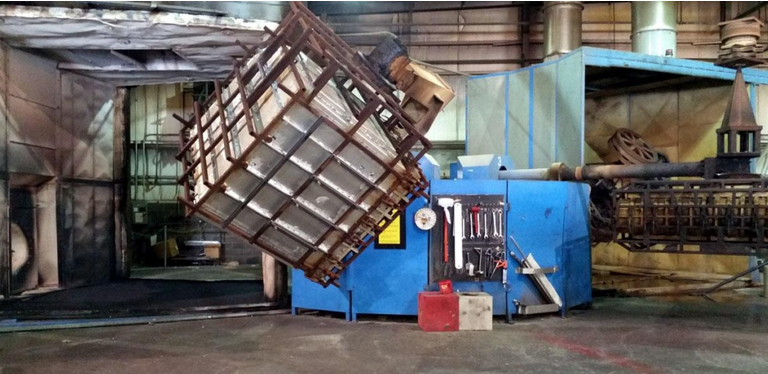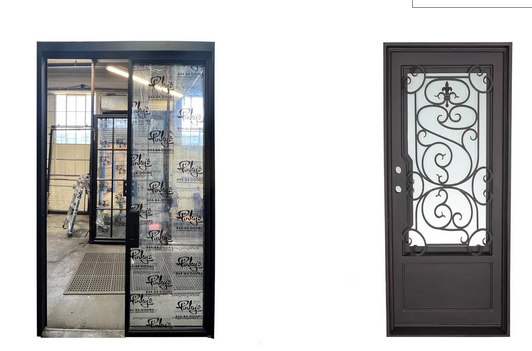
The Revolution of Rotomolding: Engineering Plastic Excellence
Rotomolding, often known as rotational molding, is really a producing method used for generating plastic-type items. It requires home heating a hollow fungus, filled up with plastic-type material resins, and revolving it around two axes to produce the preferred shape. This production approach has come a long way since its beginning within the 1940s, with numerous Rotomolding advancements in modern technology and components. In this post, we will get a closer look at a few of the latest breakthroughs in rotomolding methods who have revolutionized the plastic engineering market.
Multiple-Layering Technology:
Multiple-layering technologies is amongst the most recent innovations in rotomolding. It requires layering various kinds of plastic resources to generate more robust and much more long lasting items. Multi-layering is very valuable in production tanks, bins, and containers which require different levels in order to avoid corrosion or contaminants. The technique involves incorporating a lean coating of plastic covering for the outside surface of the principal item construction. It provides a higher level of shield safety against hostile chemical substances, Ultra violet gentle, and enviromentally friendly aspects.
three dimensional Printing:
3D stamping has existed for quite a while, nevertheless it just has recently discovered its distance to rotomolding. This technological innovation enables makers to create highly complicated styles and geometries that could have been extremely hard to obtain with conventional rotomolding. The procedure involves switching laptop or computer-aided designs (CAD) into actual physical items by layering polymers till the ideal design is attained. three dimensional stamping has reduced the pattern periods for prototyping and eliminated the necessity for expensive mold tooling. It offers enhanced accuracy and repeatability when lowering spend and materials charges.
Nano-Chemicals:
Nano-artificial additives are tiny particles which are included with plastics to enhance their efficiency. They may be usually lower than 100 nanometers in size and are made from components such as co2, silica, and steel oxides. Nano-additives increase the actual attributes of plastics, for example toughness, durability, and suppleness. Additionally they reduce permeability and boost potential to deal with temperature and Ultraviolet light. In rotomolding, nano-additives are employed to boost the performance of storage containers and tanks employed in sectors including water treatment method, substance safe-keeping, and pharmaceuticals.
Advancements in Components:
New components are constantly becoming designed to boost the efficiency of rotomolded merchandise. Able to degrade supplies are one of the latest breakthroughs in rotomolding. They are produced from natural raw materials including corn starchy foods, soybeans, and sugarcane, plus they degrade much quicker than traditional plastic materials. Biodegradable plastics decrease environment air pollution and are a environmentally friendly option to petroleum-dependent plastic materials. Other developments in supplies incorporate the development of great-temp plastics that may withstand severe temperature ranges, and high-performance plastics that may resist abrasion, effect, and chemical attack.
short:
Rotomolding is really a adaptable and expense-efficient manufacturing method that has advanced significantly in recent times. Innovative systems including multiple-layering, 3D printing, nano-artificial additives, and new materials have ended in stronger, more durable, and eco-friendly items. These advancements have showed new methods for advancement and creative layout in market sectors like car, medical, aerospace, and client items. The way forward for rotomolding appearance dazzling, so we can anticipate seeing a lot more developments in plastic-type design in the coming years.



